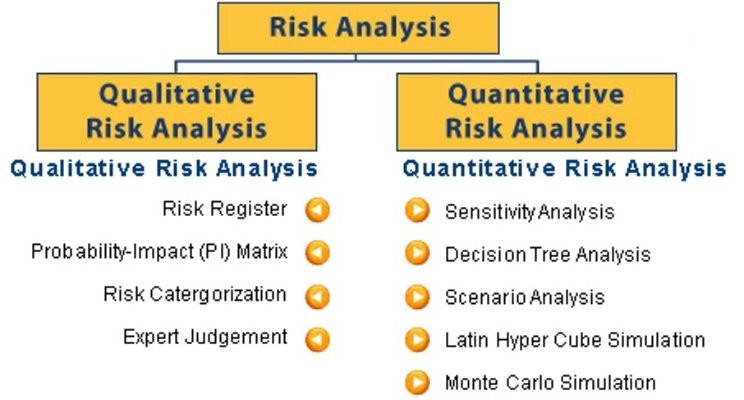Introduction:
In today’s digital landscape, cyber-attacks have become a persistent threat to businesses, governments, and individuals alike. Tech companies, being at the forefront of technological innovation and data management, are particularly vulnerable to cyber threats. To protect their sensitive information and maintain the trust of their customers, tech companies must proactively prepare for potential cyber-attacks. One crucial cyber-security resource that can significantly contribute to preventing such attacks is “Authentication and Access Management.” In this essay, we will delve into the concept of authentication and access management, its importance in safeguarding tech companies from cyber threats, and practical strategies for implementing this policy effectively.
Authentication and Access Management:
Authentication and Access Management refer to the process of verifying the identity of users and granting them appropriate access to resources, systems, and data within an organization. It serves as a vital safeguard against unauthorized access and cyber-attacks. The objective is to ensure that only authorized individuals or entities can gain access to sensitive information and critical systems, while others are kept at bay. By implementing robust authentication and access policies, tech companies can minimize the risk of data breaches, insider threats, and other malicious activities.
Importance of Authentication and Access Management:
The importance of authentication and access management in preventing cyber-attacks cannot be overstated. A vast majority of cyber-security breaches stem from compromised credentials or weak access controls. Hackers often exploit vulnerable entry points to infiltrate a company’s infrastructure and extract sensitive data or disrupt operations. Implementing effective authentication measures can thwart such attempts and significantly strengthen an organization’s overall security posture.
Practical Strategies for Implementation:
-
Multi-Factor Authentication (MFA):
Multi-Factor Authentication is a powerful tool to enhance security. By requiring users to provide multiple forms of identification, such as passwords, bio-metrics, or one-time codes, MFA significantly reduces the risk of unauthorized access even if one factor is compromised. Tech companies should mandate MFA for all critical systems, administrative accounts, and remote access.
-
Role-Based Access Control (RBAC):
Role-Based Access Control ensures that users are granted access only to the specific resources and information required to perform their job responsibilities. This approach minimizes the attack surface, limiting the damage that a compromised account can cause. Regularly review and update access privileges based on employees’ roles, responsibilities, and changes within the organization.
-
Privileged Access Management (PAM):
Privileged accounts, such as those of system administrators, have elevated access privileges, making them lucrative targets for attackers. PAM solutions enforce strict controls on these accounts, requiring additional authentication steps and recording all activities. By closely monitoring privileged access, tech companies can detect suspicious behavior promptly.
Conclusion:
In conclusion, implementing robust authentication and access management policies is critical for tech companies to protect themselves from cyber-attacks. By requiring multiple forms of identification through MFA, adhering to Role-Based Access Control, and implementing Privileged Access Management, organizations can fortify their defenses and mitigate the risk of cyber threats. A proactive approach to cyber-security through authentication and access management will not only safeguard sensitive data but also instill confidence in customers and stakeholders. Ultimately, by staying vigilant and prioritizing cyber-security, tech companies can continue to drive innovation and contribute positively to the digital world.
References:
- Anderson, D., & McNeice, V. (2018). Cyber Security: Authentication and Access Management. Journal of Internet Banking and Commerce, 23(1), 1-15.
- Rouse, M. (2021). Multi-factor authentication (MFA). TechTarget. Retrieved from https://searchsecurity.techtarget.com/definition/multi-factor-authentication-MFA
- National Institute of Standards and Technology (NIST). (2020). Role-Based Access Control. NIST Special Publication 800-53. Retrieved from https://nvlpubs.nist.gov/nistpubs/SpecialPublications/NIST.SP.800-53r5.pdf









)




+The+Future+of+Technology.jpg)
